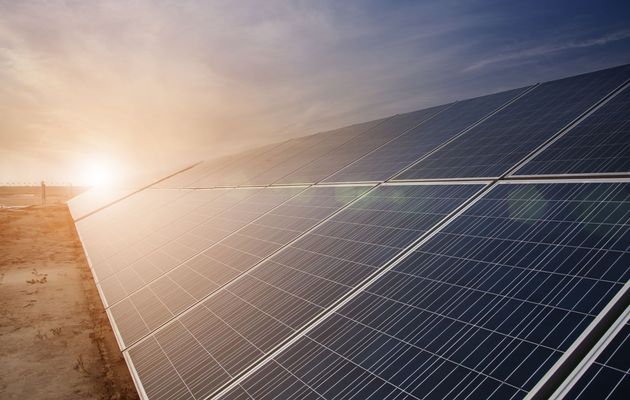South Africa is fast becoming the leading solar energy hub in Africa with the adoption of green energy in the country. This has been fueled by a worldwide drive towards renewable energy. But the highly strained local electricity supply, and steady drop in solar panel prices, has seen demand for solar panels in South Africa surge.
Solar panels were a rare sight in South Africa, largely limited to the roofs of a few affluent households until the rapid change.
South Africa has committed to an energy generation infrastructure development initiative for 2010 to 2030, taking the lead from other nations across the globe. The initiative is known as Integrated Resource Plan.
The country aims to accomplish 9600 MW of solar power capacity by 2030 with the help of the initiative. Initially, solar was limited to a few isolated panels on domestic rooftops and has contributed nothing ever since to the national power grid operated by the state-owned utility Eskom.
Things have since changed with solar plants being developed, mostly by the private sector. The country’s energy giant, Eskom is also taking part in developing some facilities.
The defining development in solar energy has in the past decade seen a sharp drop in the rates of photovoltaic panels. Technological advances in other solar technologies and power storage has also been on the rise.
Photovoltaic (PV) is the energy from light that is absorbed in materials and then transferred to electrons directly, resulting in an electric current. Research over the years has made this an increasingly cheap solar technology making it the most popular.
The most comprehensive PV configuration has immobile solar panels tilted relative to the ground and facing northwards towards the midday sun. The arrangement of solar panels is done in a way that ensures each panel does not shade the one behind it.
There are more complex designs, like the one found at the Sishen Plant in the Northern Cape which uses a single axis-tracking technology to counteract efficiency losses. The panel rows rotate steadily along a north-south axis with the sun until it reaches a point where it starts to shade the row behind it.
Panels constantly face the sun squarely in two-axis systems with the cost of additional tracking motors being compensated for by the capture of more sunlight. The Herbert and Greefspan plants near Douglas in the Northern Cape use this technology.
Concentrated solar power technologies operate on the basis of redirecting sunlight, normally by mirrors, to a central point which in turn becomes extremely hot.
The heat is then transferred by fluids to a nearby electricity generating unit where water is boiled to drive a turbine. This is similar to the process in coal power stations where coal is burnt to generate heat.
Khi Solar 1 which is currently under construction near Upington represents this category of concentrated solar power technologies.
There is also a hybrid technology, concentrated photovoltaics, where the collecting central point contains a PV receiver rather than a fluid to be heated. Touws River solar plant in the Western Cape Province has this design.
Solar energy is fast becoming economical, with less emissions and limitless energy resource. It is thus viewed as a major clean contributor to solving the world’s energy crisis.
Solar energy generation is however only possible during the day and in cloud-free conditions. This constitutes to an average of eight hours per day.
Poor alignment between the sun and a solar panel results to inefficiency for the PVs. Dust build-up on a panel also blocks sunlight.
Regardless of the shortcomings, solar energy remains the preferred option.
Solar power plants greatly contribute to South Africa’s electricity supply as they are connected to Eskom’s grid and make it less likely that the country will suffer power cuts in 2016.

